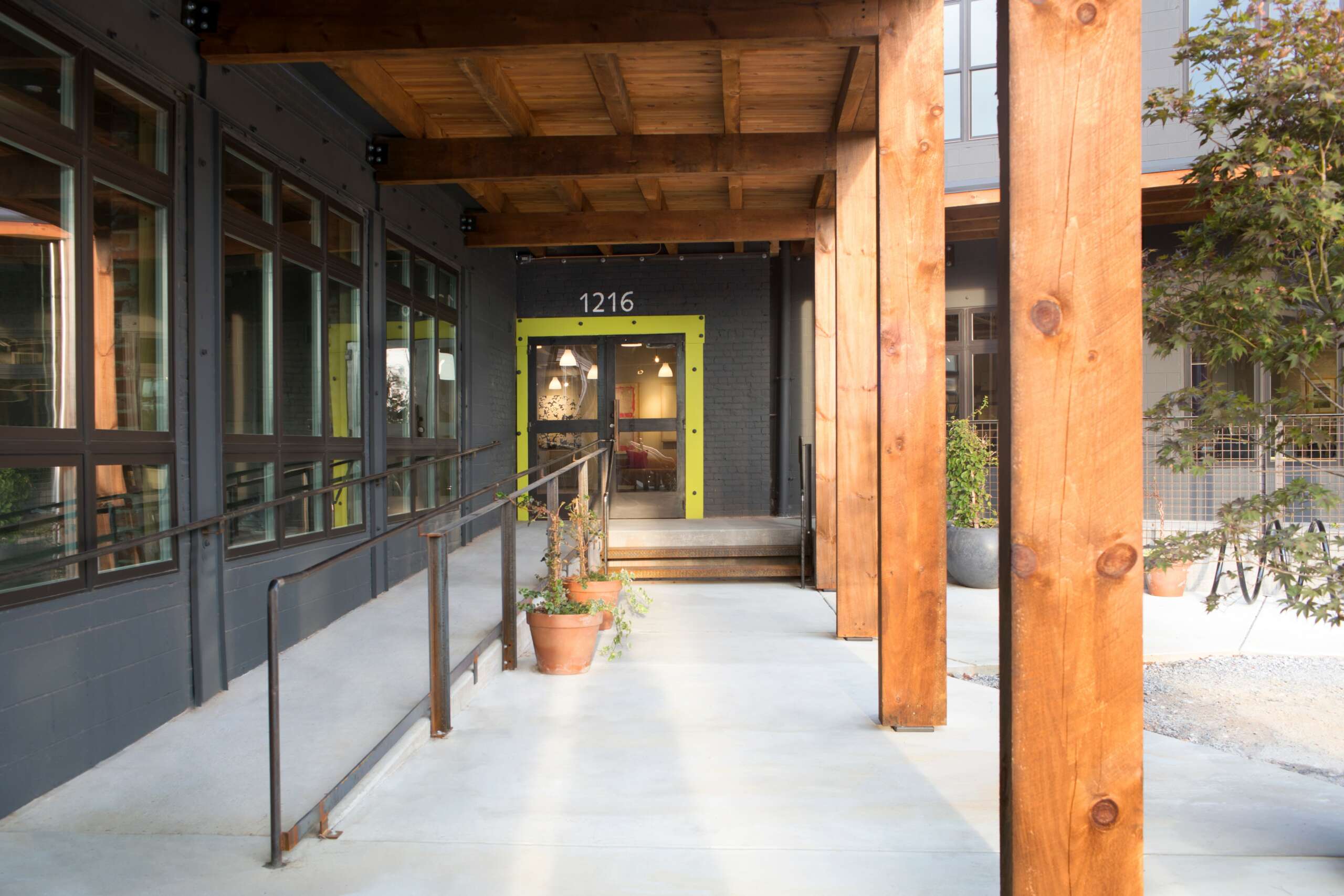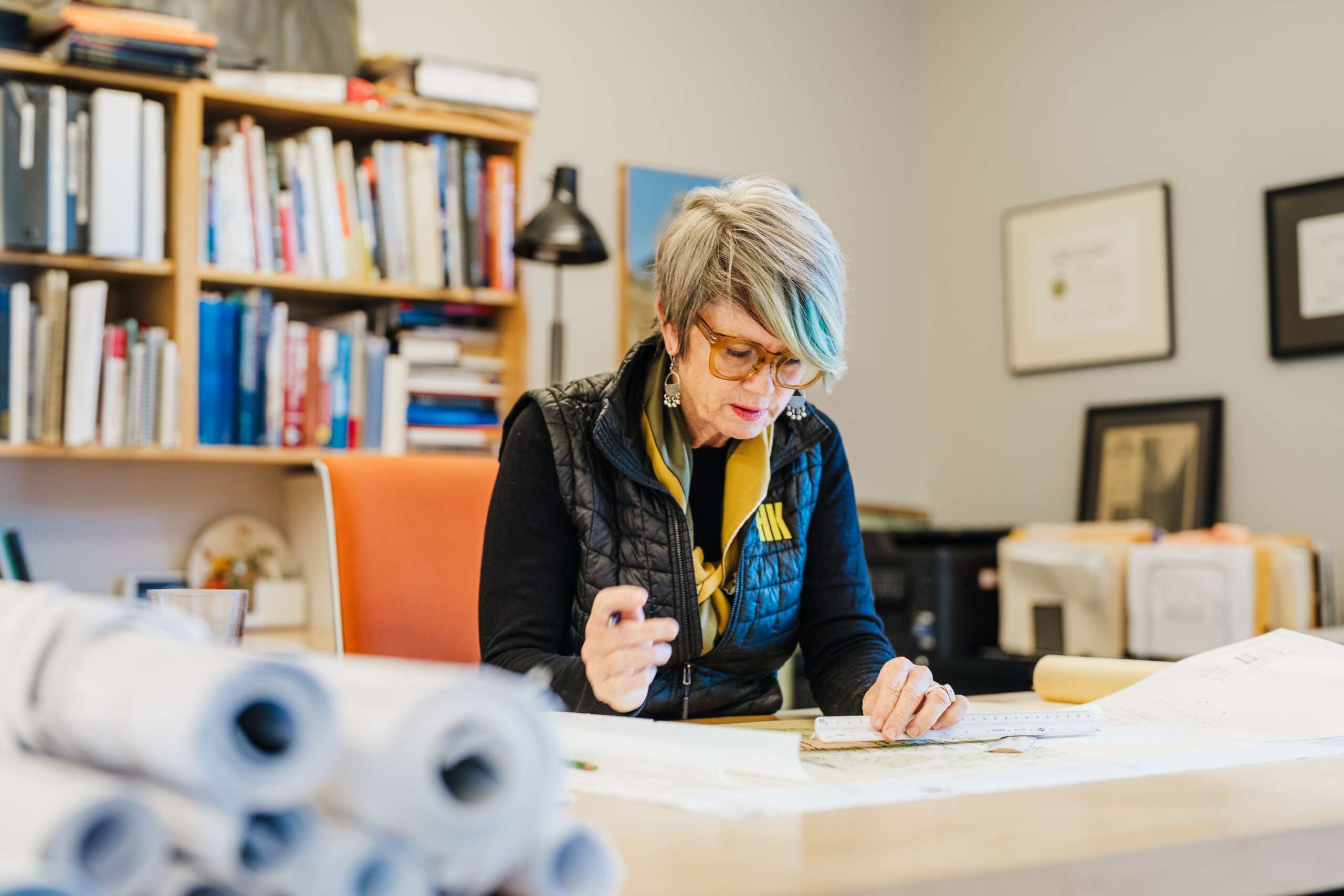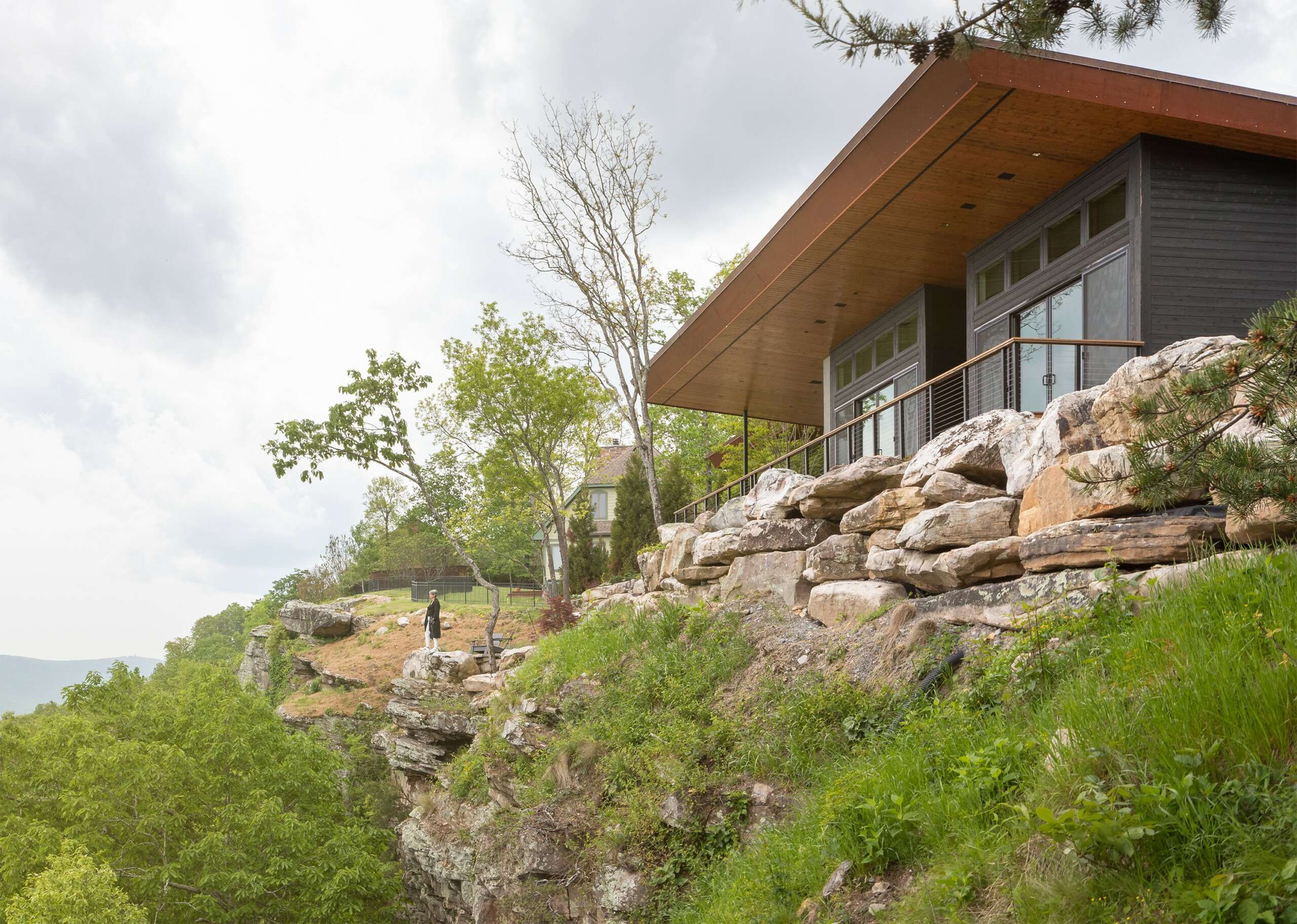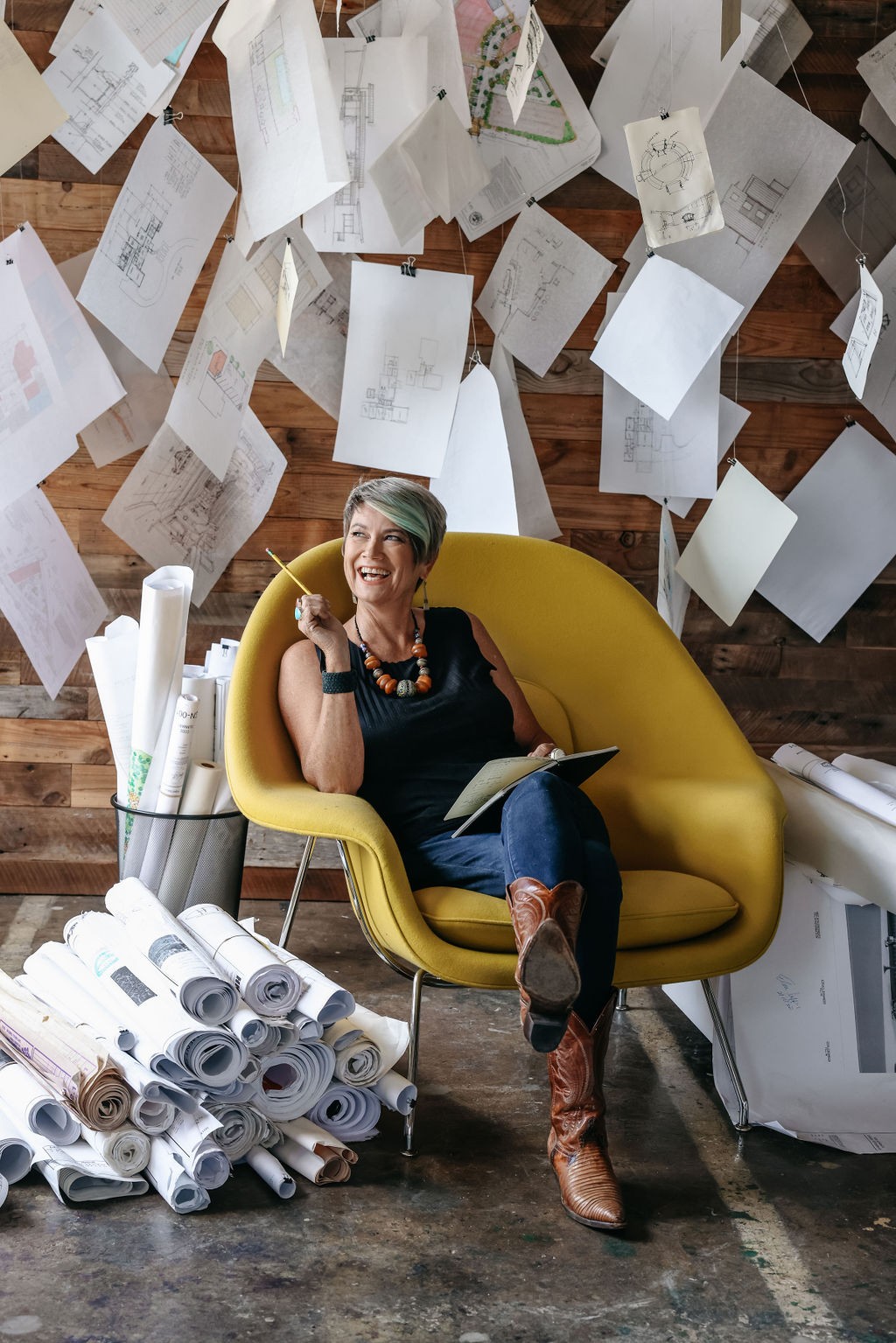Alright – so today we’ve got the honor of introducing you to Heidi Hefferlin. We think you’ll enjoy our conversation, we’ve shared it below.
Heidi, thanks for taking the time to share your stories with us today Let’s talk legacy – what sort of legacy do you hope to build?
When I think about the legacy I want to leave behind, it goes beyond the physical structures and spaces I’ve designed. Of course, I hope the buildings and environments I’ve created will stand the test of time and continue to enrich the lives of those who inhabit them for years to come.
But more importantly, I want my legacy to be about inspiring others to design with intention, responsibility, and a deep respect for the impact our work has on communities and the planet. I want to be remembered as someone who pushed the boundaries of what architecture and design can achieve – creating spaces that not only look beautiful but also foster human connection, promote well-being, and contribute to a more sustainable future.
Throughout my career, I’ve tried to lead by example, demonstrating that good design must consider far more than just form and function. It’s about understanding the deeper needs of the people who will use the space and crafting environments that empower them to thrive.

Heidi, before we move on to more of these sorts of questions, can you take some time to bring our readers up to speed on you and what you do?
“Design has the power to transform lives,” Hefferlin says. “It’s not just about aesthetics; it’s about creating environments that promote well-being, foster connection, and inspire people to be their best selves.”
Hefferlin’s passion for design was ignited at a young age. Growing up on a farm in Apison, Tennessee, Heidi loved animals. In fact, for a long time, Heidi wanted to be a veterinarian. At around 9 years old, she started experimenting by building hutches for her rabbits, coops for her chickens, and eventually a small barn to house her horse, Sweet Sue. Though this was fun and interesting for her, she still believed she would grow up to be a vet. However, when she was 11 years old, she visited her uncle in Zurich, Switzerland, who was a practicing architect and professor of Architecture at the university. She fell in love with the models he showed her at the school and his aviaries and custom stables connected to his home. That was the ‘aha’ moment – she knew then she wanted to be an architect.
That early curiosity eventually led Hefferlin to pursue a degree in architecture, and she hasn’t looked back since. After graduating, she worked for several prominent firms, such as Skidmore, Owings & Merrill and Richard Meier & Partners honing her skills and developing her unique design philosophy. Heidi focuses on the experience of the building holistically. From how it fits to its unique environment to how each person who walks through the door feels. Function and views, in combination with aesthetics, root buildings in their place and create architecture that will endure.
Hefferlin founded HK Architects with her husband, Craig Kronenberg, and she quickly made her mark. Under her leadership, the firm has taken on a wide range of projects, from residential homes to commercial spaces and everything in between. Since its inception in 1999, HK Architects has grown from a small five person effort to a multi-studio firm with over 25 designers, well known in the area for design excellence.
What sets Hefferlin apart is her ability to truly understand her clients’ needs and translate them into functional, beautiful designs. “It’s all about listening,” she explains. “Every project is unique, and it’s my job to create a space that not only meets the client’s practical requirements but also captures their vision and reflects their values.”
Despite her many accomplishments, Hefferlin remains humble and driven. “There’s always more to learn and explore in the world of design,” she says. “I’m constantly inspired by the people and places around me, and I strive to infuse that inspiration into every project I work on.”
As she looks to the future, Hefferlin hopes to continue pushing the boundaries of what’s possible in design, while staying true to her core values of functionality, sustainability, and community. “Design has the power to change lives,” she says. “And that’s a responsibility I take very seriously.”

What’s a lesson you had to unlearn and what’s the backstory?
One of the biggest lessons I had to unlearn early in my career was the notion that I needed to conform to a certain archetype or suppress my feminine qualities in order to be taken seriously as an architect and leader.
When I first started working in the 1980s, the field was incredibly male-dominated. At job sites and client meetings, I was often the only woman in the room. There was an unspoken pressure to adopt a more masculine demeanor – to be tough, unemotional, all business. I remember feeling like I had to go to great lengths to downplay anything that could be perceived as a ‘feminine’ trait.
Over time, I realized that my empathy, intuition and tendency toward collaboration were strengths that made me a more well-rounded designer and leaders. Yes, this industry requires thick skin, but it doesn’t mean surrendering the qualities that make you unique.
It was a difficult lesson to unlearn because it went against the entrenched culture I observed for many years. But I’m proud that I stayed true to myself and hopefully helped chip away at those reductive stereotypes about what leaders, especially female leaders, should look and act like. My legacy is proving that you can be empowered, authoritative and successful while still embracing traits like kindness, empathy, and sensitivity.

Have you ever had to pivot?
One of the biggest pivots for my career came in the early 2000s when we made the strategic decision to move beyond just designing multifamily residential projects and actually start developing our own communities. It was a calculated risk, but one that ultimately allowed us to have a transformative impact, especially in revitalizing neglected neighborhoods on the Chattanooga’s southside.
At the time, our bread-and-butter was working with private clients on single-family homes and small apartment buildings. But I saw an opportunity for us to exercise more control over entire projects from conception through construction. I wanted to build buildings that would rebuild neighborhoods and improve Chattanooga’s urban design. Though this was a personal project, it changed the future of our business. It gave us the reputation of being design pioneers
Contact Info:
- Website: www.hkarchitects.net
- Instagram: https://www.instagram.com/hkarchitects/
- Facebook: https://www.facebook.com/hkarchitects
- Other: https://vimeo.com/hkarch
Image Credits
Casey Yoshida, The Scout Guide Chattanooga Brooke Bragger 161 Photography


